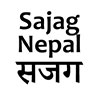Sajag-Nepal at the Asia-Pacific Regional Humanitarian Partnership Week
Last week Sajag-Nepal team members had the pleasure of joining representatives from NGOs, INGOs, civil society organisations, and UN agencies from across the Asia-Pacific region at the Regional Humanitarian Partnership Week in Bangkok. This was a great opportunity to introduce the project to a broad audience, and to hear about the priorities, challenges, and achievements of a wide range of organisations who are concerned with disaster risk reduction and humanitarian response across the region.
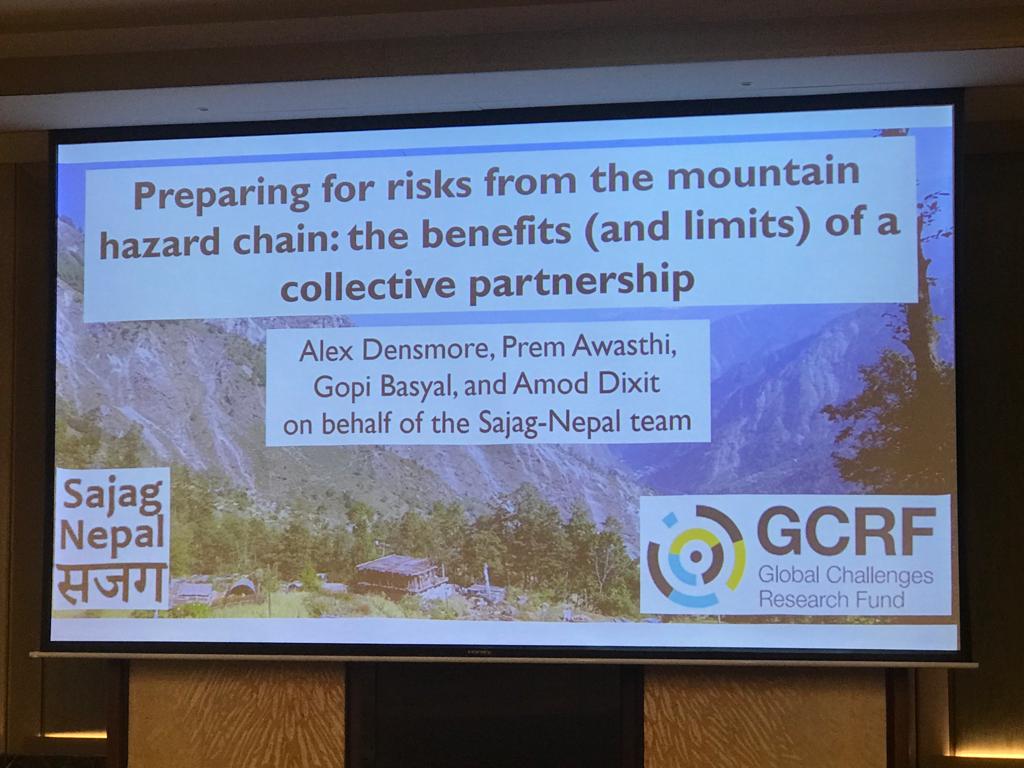
Alex Densmore introduced the project by summarising some of the work leading up to it, and reflected on some of the lessons learned over the last decade of collaborative research among members of the project team. Collaborative research takes time and trust and is challenging to do within the short time scales (a few years at most) of academic or humanitarian project funding. There is a pressing need for donors to recognise the benefits of long-term sustained funding models, as well as the drawbacks of short-term project-based approaches.
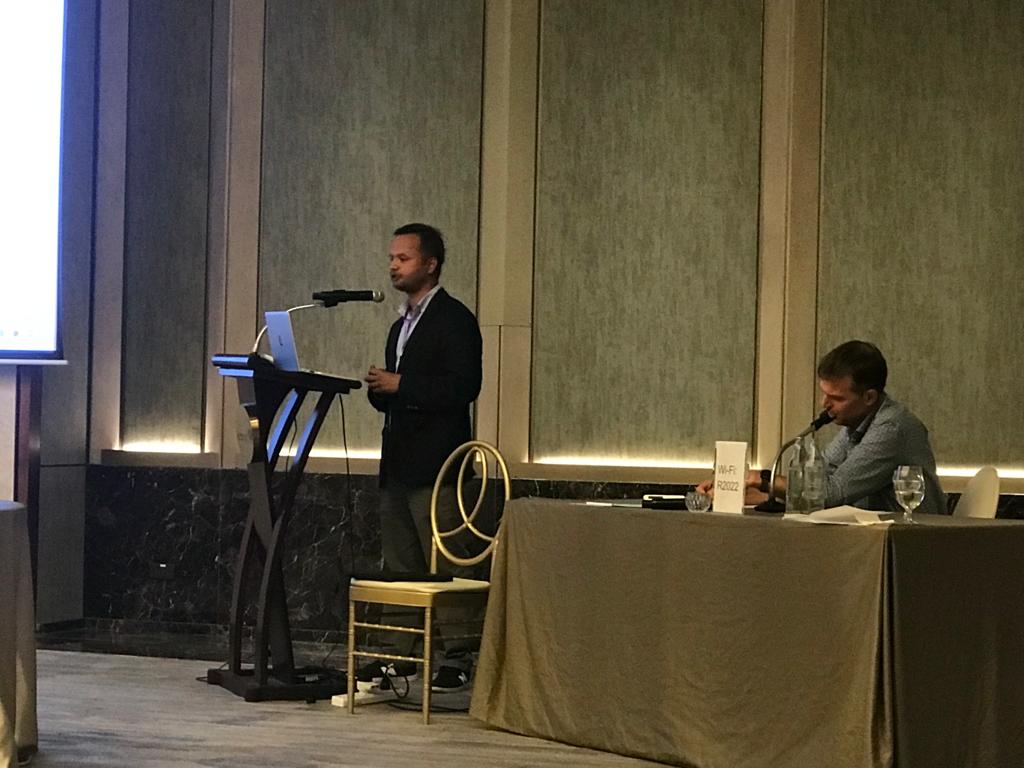
Prem Awasthi spoke about how the research has transformed earthquake contingency planning in Nepal with the Humanitarian Country Team. He emphasised the power of co-produced research to provide underpinning evidence to support the planning process. The collaboration between academic, practitioner, humanitarian, and government organisations has helped to make a real difference in decision-making, and gives Nepal a significant advantage in terms of evidence-based preparedness.
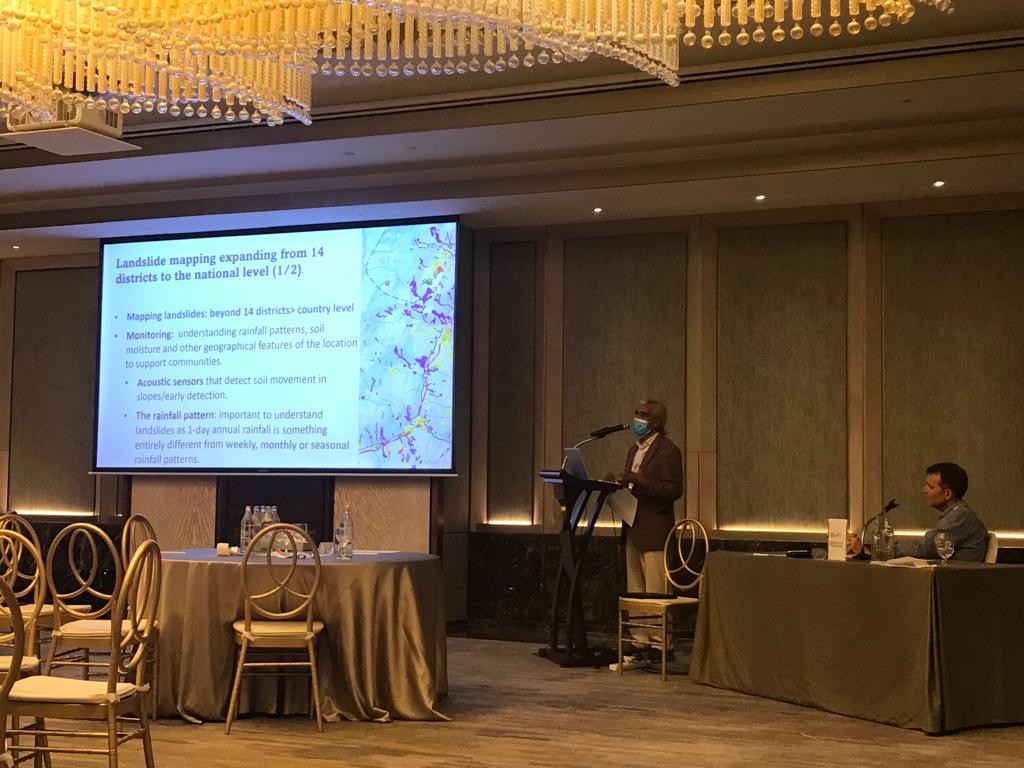
Gopi Basyal stressed the importance of ensuring that the research is addressing the questions that communities have, as well as the decisions that they need to make. He focused on landslide mapping, which began before the Sajag-Nepal project but has now been extended nationwide, and some of the ways in which this is starting to be used at the level of individual municipalities in Nepal. Finally, Amod Dixit summed up the potential value of a collaboration like Sajag-Nepal in supporting planning for multi-hazard and risk elsewhere. He wrapped up with a set of key questions for the audience to consider in thinking about whether a similar model could be beneficial, and invited potential collaborators to learn more about the Sajag-Nepal approach.
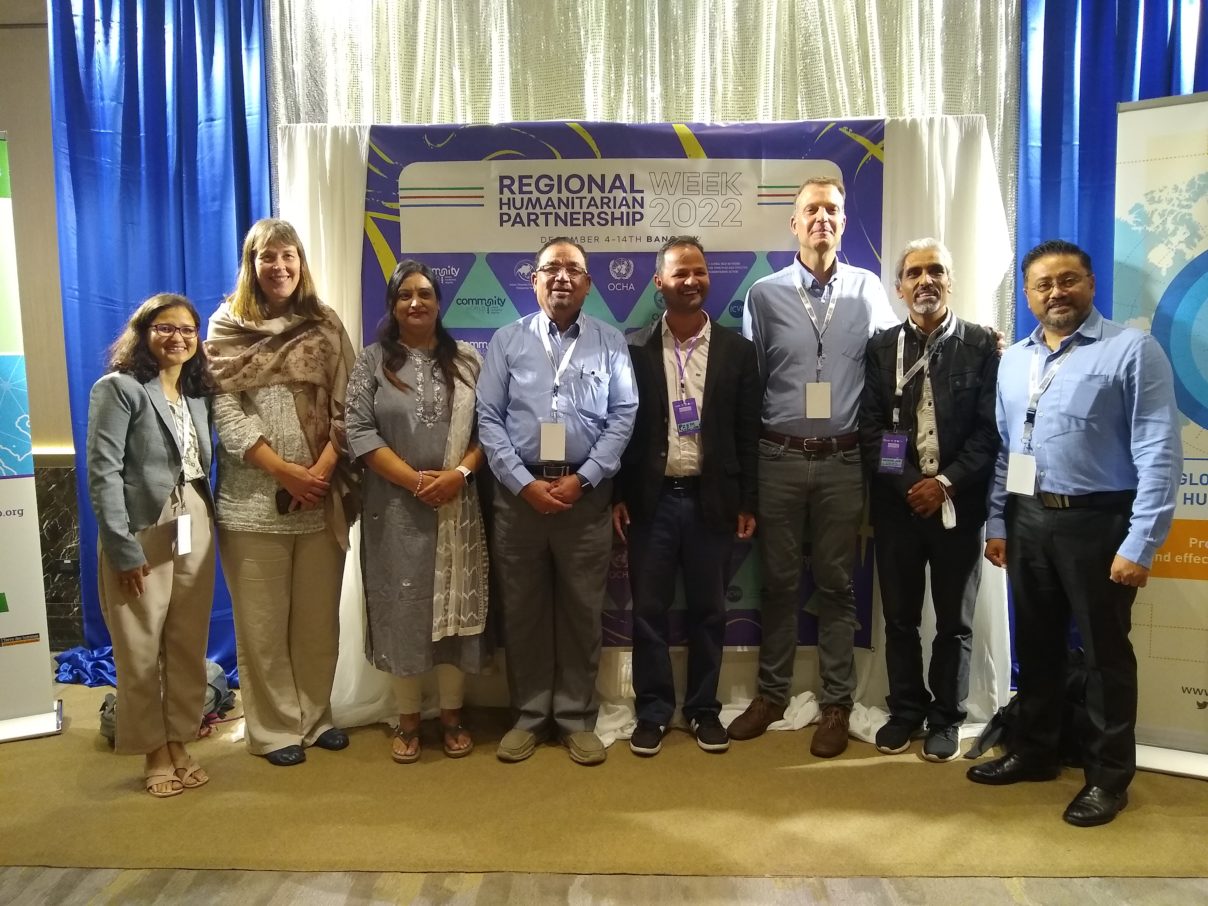
There were valuable sessions focused on innovation and decolonisation in humanitarian response, issues around data collection and management, and the key role of mapping in disaster preparedness and response (which noted that a lot of organisational expertise around mapping and the use of spatial data has been lost in the last decade).
Many thanks to the organisers (ADRRN, ICVA, and OCHA) for the opportunity to learn and contribute. The Sajag-Nepal team is looking forward to returning to Bangkok next year with more focus on sharing the main outcomes from the project and looking for opportunities to build similar collaborations elsewhere in the region.
